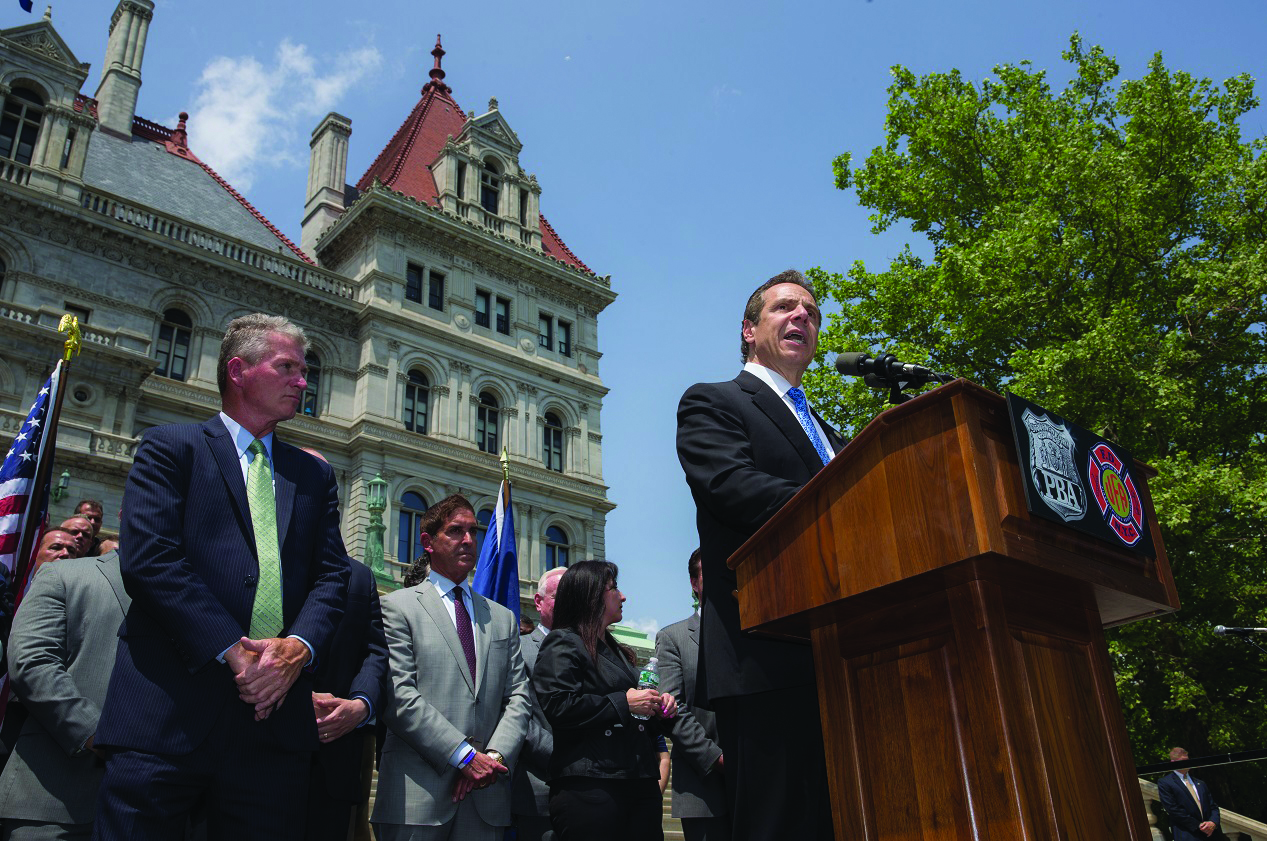When the ever-affable-governor, Andrew Cuomo, announced that New York State (NYS) was rolling out a bill designed to make tuition free for all college students, my mind raced with visions of brave families packing their bags and sending their child off to college to be a first generation college graduate.
My dreams were quickly dashed when I discovered where the majority of the expenses of SUNY education are placed. As stated in The New York Times, the Excelsior Scholarship “is expected to cut the cost of a degree…by about $26,000 for an eligible family.” This sounds appealing, but when compared to the $57,000 that remains, it’s a misplaced attempt to subsidize the wrong source of expenses. The room and board expense takes up 68.7 percent of the unsubsidized cost of attending a SUNY school. If NYS were a doctor, this bill would be like putting a band aid on a cut, while the patient is in cardiac arrest.
To further test the efficacy of this program, and to test its effect on impoverished populations, I used the SUNY price calculator. I wanted to see how much a SUNY student would have to pay yearly, given an annual income of zero dollars. Though this is an extreme example, it is useful in highlighting the common gap between what the state expects and what the student can give. Despite participating in work-study, low-income scholarships, and both unsubsidized and subsidized loans, the student was expected to come up with $3,476 a year. The Farmer’s Almanac expects a low yield for money trees, so I guess the indigent among us are just going to have to rely on prayers.
It troubles me that one of the stipulations of this scholarship is to “be enrolled in at least 12 credits per term and complete at least 30 credits each year (successively).” Though that final word “successively” may seem like a side note, it has huge ramifications for who can ultimately benefit from this scholarship. According to The New York Times, “At the state’s community colleges, more than 90 percent of students would not qualify for free tuition based on those requirements. Even at its four-year colleges, 60 percent would be ineligible.” If a low-income student wants to continue schooling, he/she will have to take a semester, or possibly a year off, to gather the funds to pay for it. Of course, the irony is that after the student has made that money, he or she will have to report it on the FAFSA and will, in turn, receive less financial aid the following year.
If the Excelsior Scholarship does not benefit the poor, who does it benefit? The answer: the middle-class. Students whose family make less than $100,000 but can afford to send them anyway are most likely going to be the beneficiaries of this scholarship. If these students have the choice between going out of state and paying more or staying in-state and paying room and board: the choice is obvious. I predict that this scholarship will succeed marginally in keeping middle class kids in SUNY schools. I say marginally because the academic rigor of private institutions will still be more attractive than the meager $5,500 discount offered by this bill.
Middle class, and in particular, lower-middle class students, often times opt for vocations or skilled labor over a 4-year-degree, for habitual and, until now, stigmatic reasons. The Excelsior Scholarship will encourage students who would have otherwise dismissed a college education as frivolous, to consider college a viable pathway to success. The common trope goes something like, “it’s too expensive and time-consuming, so why go to college when you can be making money?” The Excelsior Scholarship could hook a new pool of previously skeptical high school grads with the allure of “free tuition.” If they lie in the lower-middle or middle class, this scholarship will benefit them.
To quote the economist Patrick Coate, “There is a huge difference between ‘free tuition’ and ‘free college’” and this legislation falls face first into that chasm. The Excelsior Scholarship was the first headline instance of America stepping toward free, universal education, and it falls tragically short. Instead of helping those who can’t afford it, it helps those who already can, and it does so with vain triumph. It heralds, as Governor Cuomo stated, “a bold path forward of access and opportunity,” but the path it blazes is well worn.



